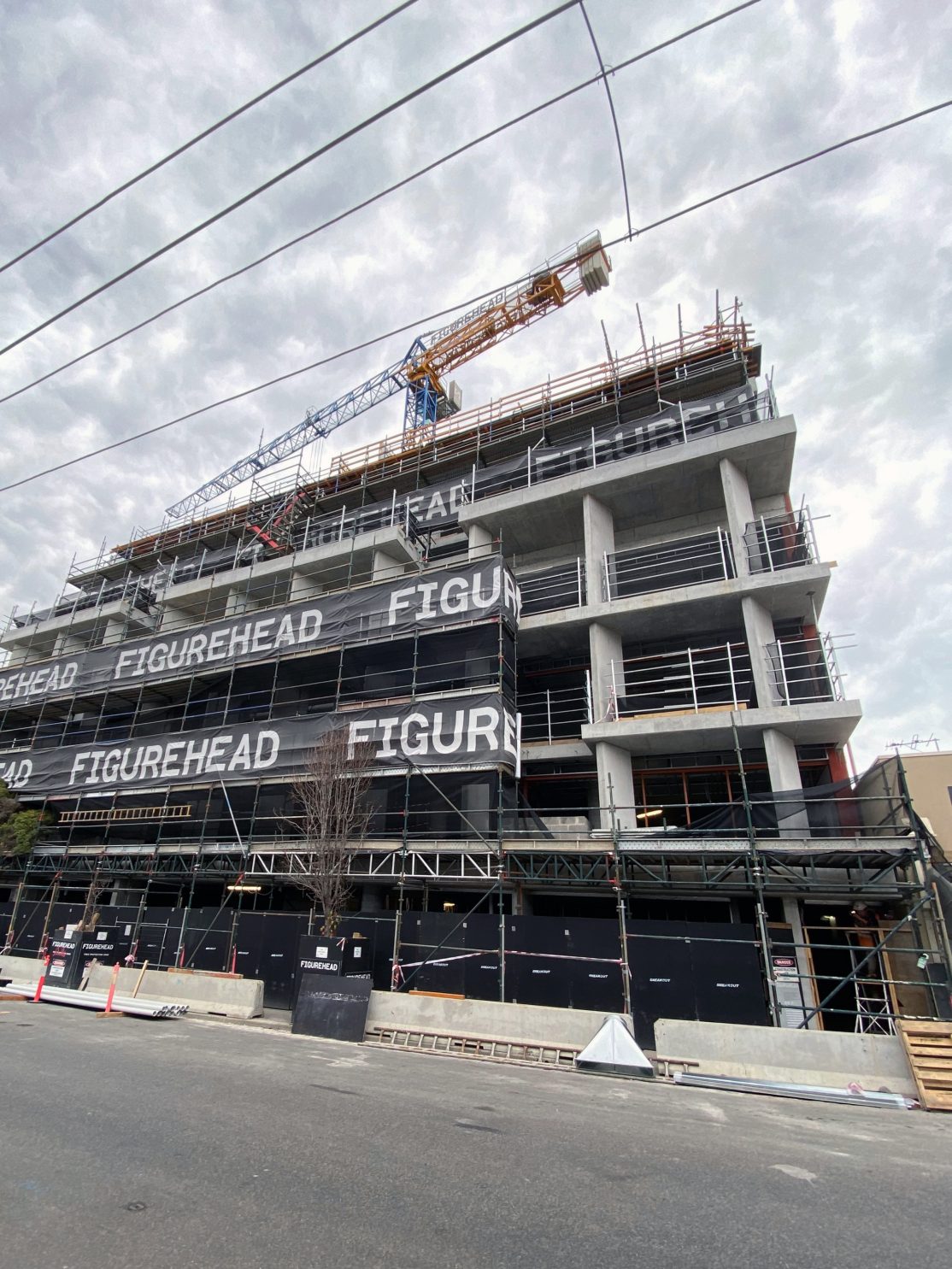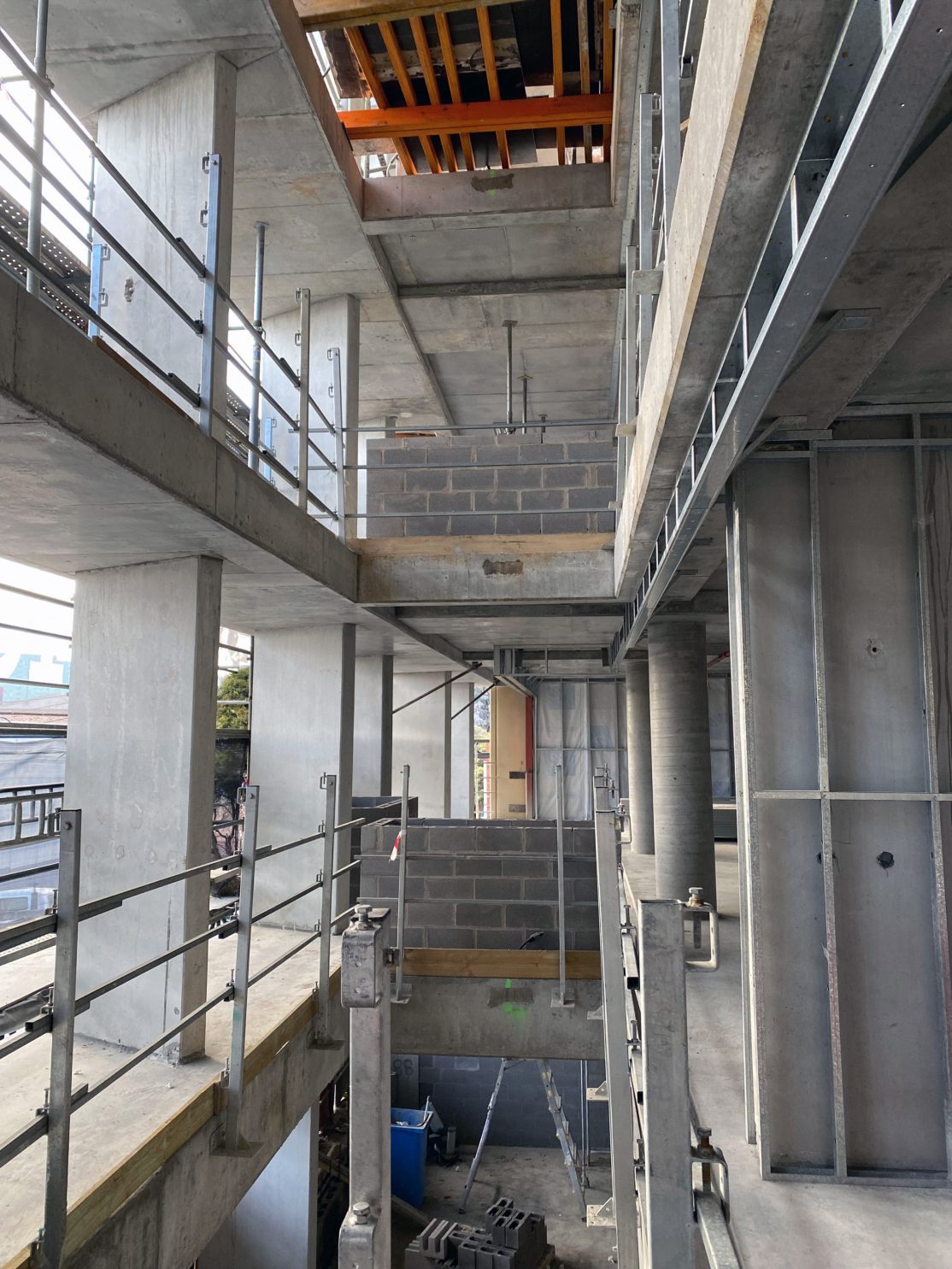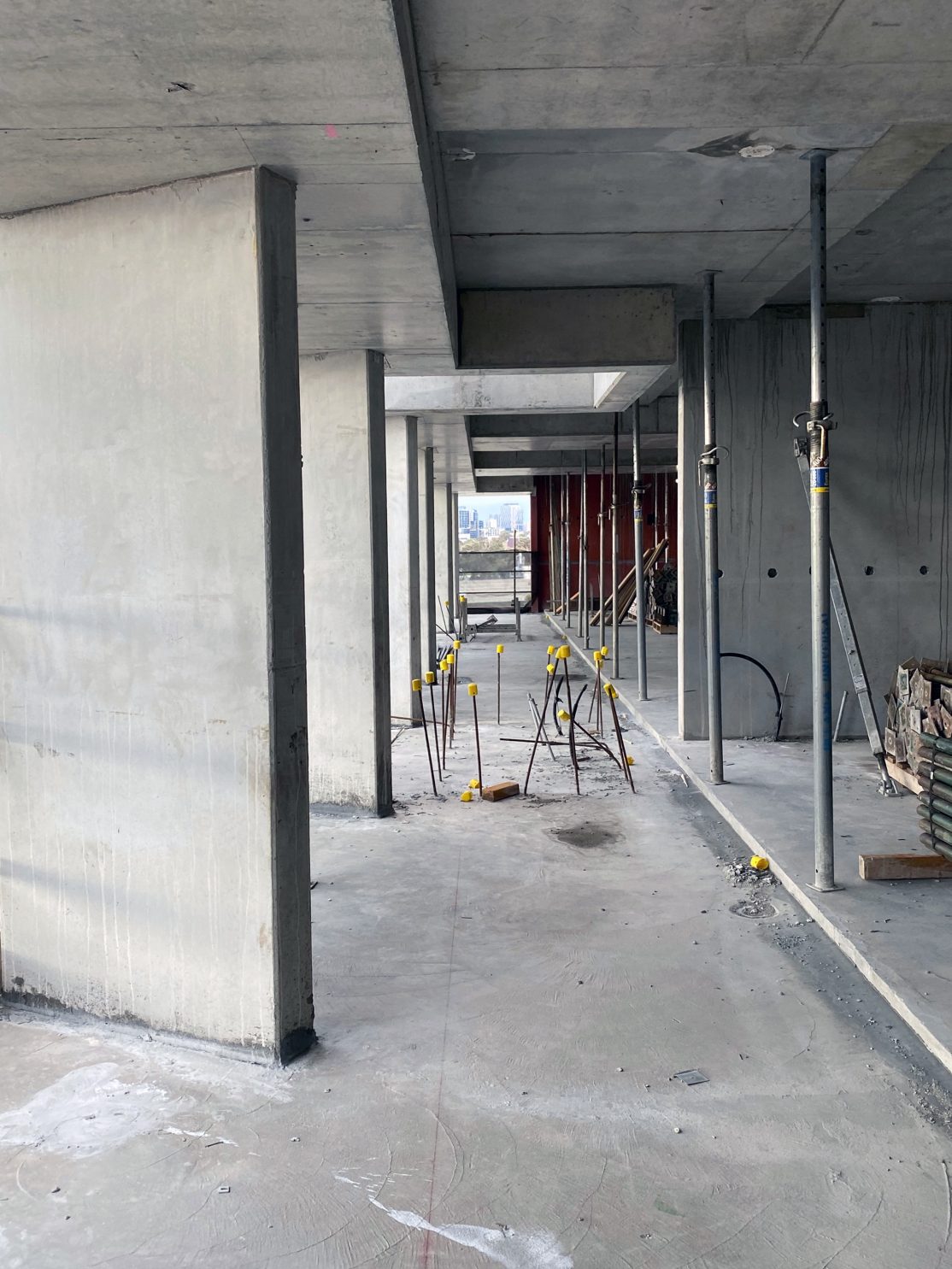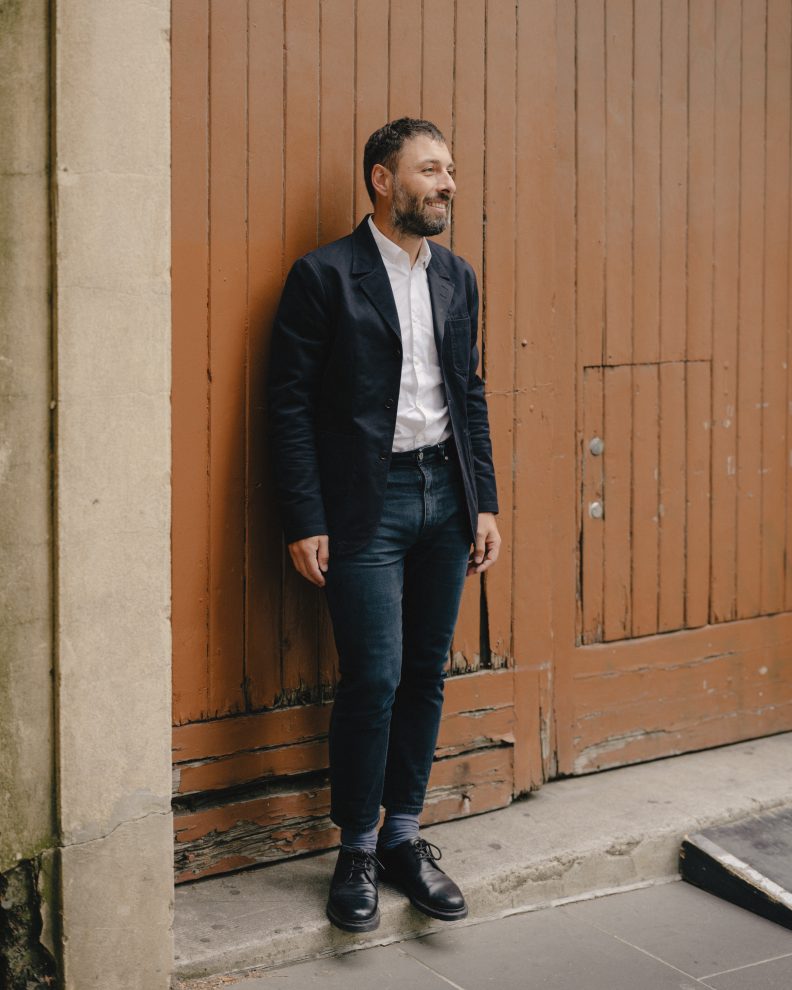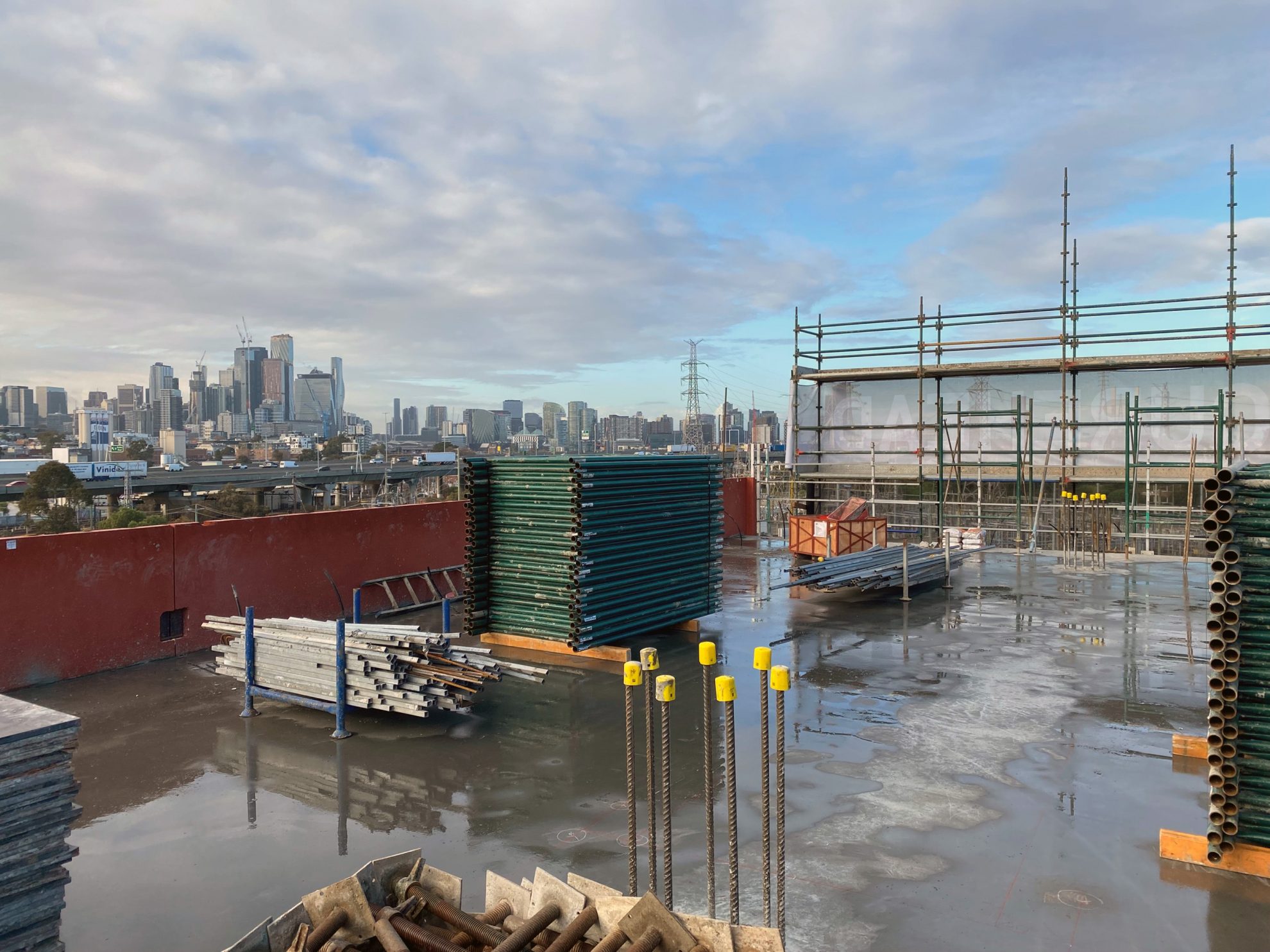
Turning to a more local focus, the growing demand for city-fringe commercial developments is undeniably on the rise. Seeing a pivot toward an immersion within community over previous established CBD hubs, Carr is working across three significant developments in Kensington, South Yarra and Collingwood as a sign of things to come.
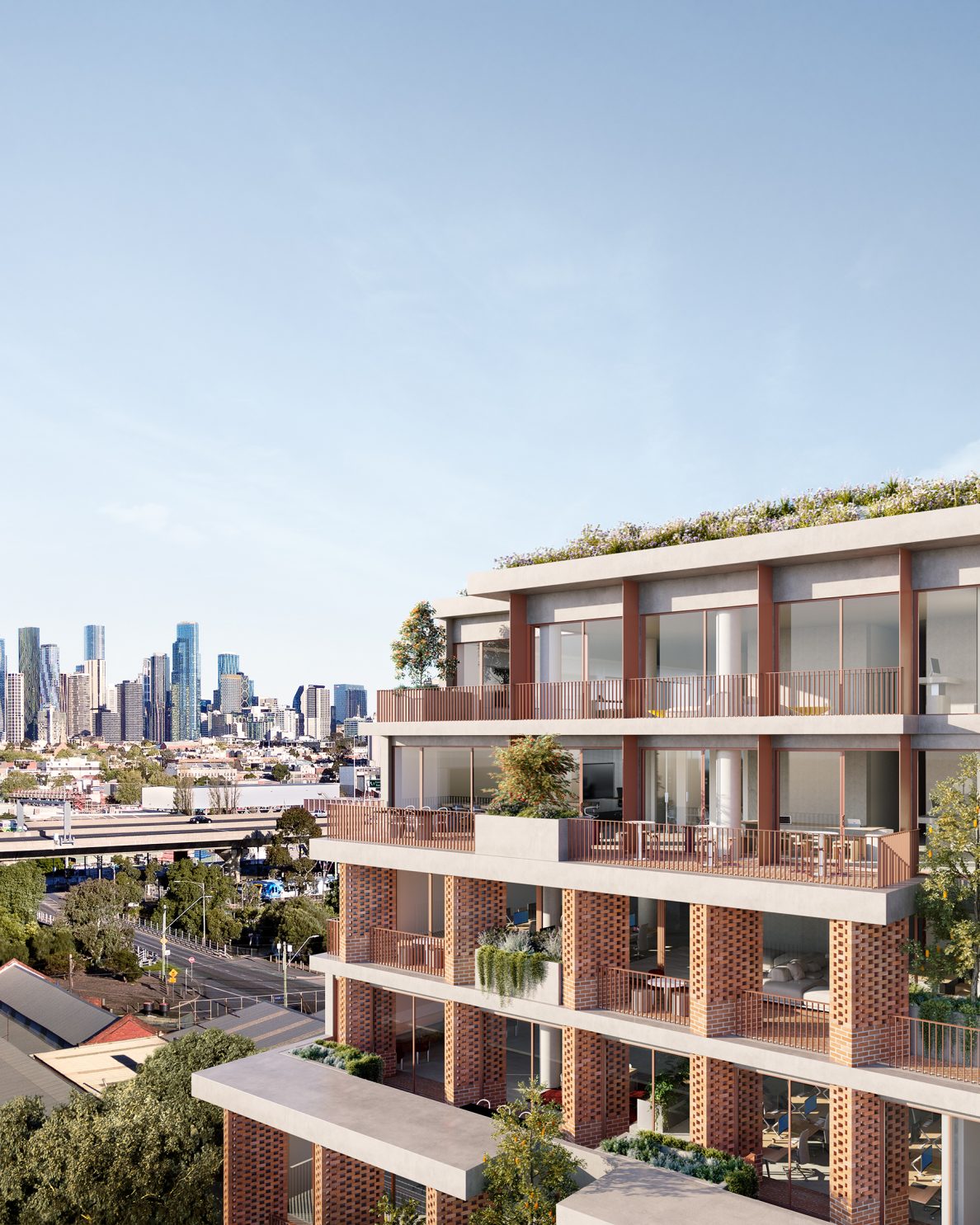
In a want to build healthier buildings and communities, developers are recognising the opportunity of city-fringe locations as the ideal positioning for future workplaces. Both in response to increased rental pricing and balancing the priorities of the workforce, businesses are needing to re-strategise how to attract and retain talent. With employees responding to a more closely knitted approach, where work, life and social are within proximity, the commercial offering has needed to follow suit.
Speaking to the upcoming Bruce Street development, which is due for completion in early 2023, Jesse Spatt, Director, Medley Property Group, says, “While traditionally these ‘fringe’ areas had appealed to small-medium creative businesses focussed on affordability and a high level of amenity, over the past couple of years, national and multinational businesses have been making the move, resulting in the creation of commercial developments on par with premium CBD offices.”
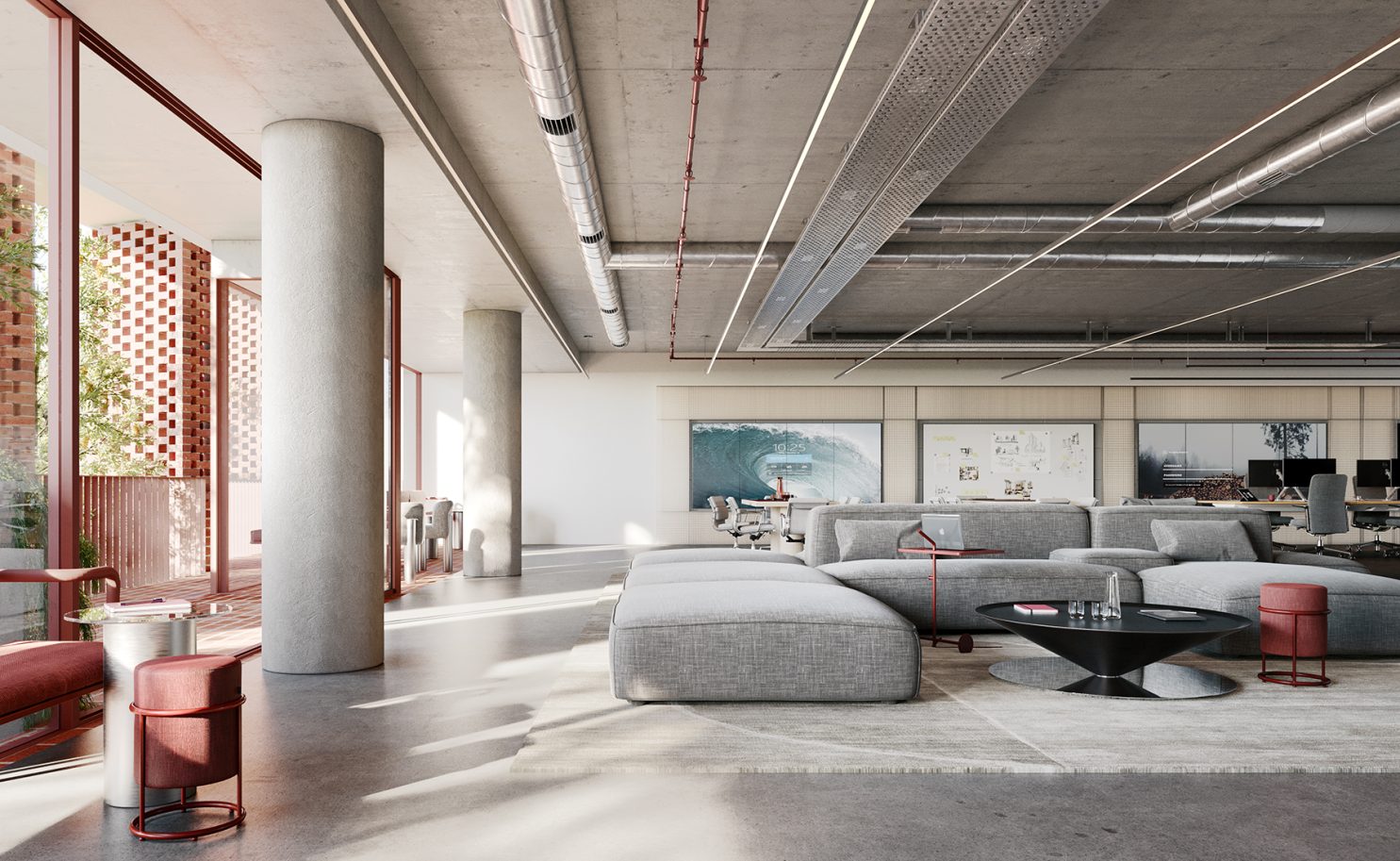
Closing the circle
With the idea of the ‘20 Minute Neighbourhood’ recognised as an important driver of development, so much so it is imbedded into Melbourne’s own planning initiatives, it is no surprise that the commercial market offering is following suit.
Located in Kensington, Bruce Street is a signal of change for the area (and others of similar industrial origins).
“The area has largely been overlooked by developers who were aligning to more established city-fringe locations such as Cremorne and Collingwood. However, we quickly formed a view that the site was within a major urban renewal precinct that was ready to be transformed from industrial to an exciting new commercial precinct,” explains Jesse.
With a reduced desire to commute and needing more enticement to come back into the office, the offering of a workplace that exists within a larger and more considered master-planned context, is shifting.
We shared the City of Melbourne’s long-term vision and strategy to sustainably manage the revitalisation of the industrial area (of Kensington) into an exciting new commercial and residential precinct.”
Enticing the pull
Understanding what it is that is bringing people back into the office has involved listening and responding accordingly. Even prior to the pandemic, the shift to a smaller ‘village’ typology where people wanted to work, was emerging.
Bruce Street is formed around, what Jesse refers to as the ‘key ingredients’ – “excellent transport infrastructure (public and private), thriving retail strips with a full complement of bars, restaurants and lifestyle options that reflect the way people like to live and work.” With a reconsideration of personal values and ensuring that these are aligned where people choose to work, immersion in place is key. In a coordinated effort, the design, “affords a highly activated ground plane,” adds Stephen McGarry, Associate Director, Carr, “where a curated building entry, end of trip and shared breakout areas all combine – creating a connected and cohesive workplace.”
End of the silo
With a move away from centralisation, and toward a more integrated approach, the workplace as a destination silo is dissolving.
Bruce Street, for example, Stephen adds, “Is a commercial building that forms a dialogue with the existing built fabric and context of Kensington.” This is an important part of its story, and by extension, the businesses that choose to take up residency within. “Taking cues from neighbouring warehouse buildings, the building form and materiality affords a strong dialogue with context and place,” – no longer is there a desire for a workplace to exist as its own unconnected entity. Rather, it’s woven in.
In understanding the existing context, new insertions such as Bruce Street are proposed with delicacy. In doing so, there’s an appreciation of the value scaled developments add to an area, plus the commercial activity they bring to vendors.
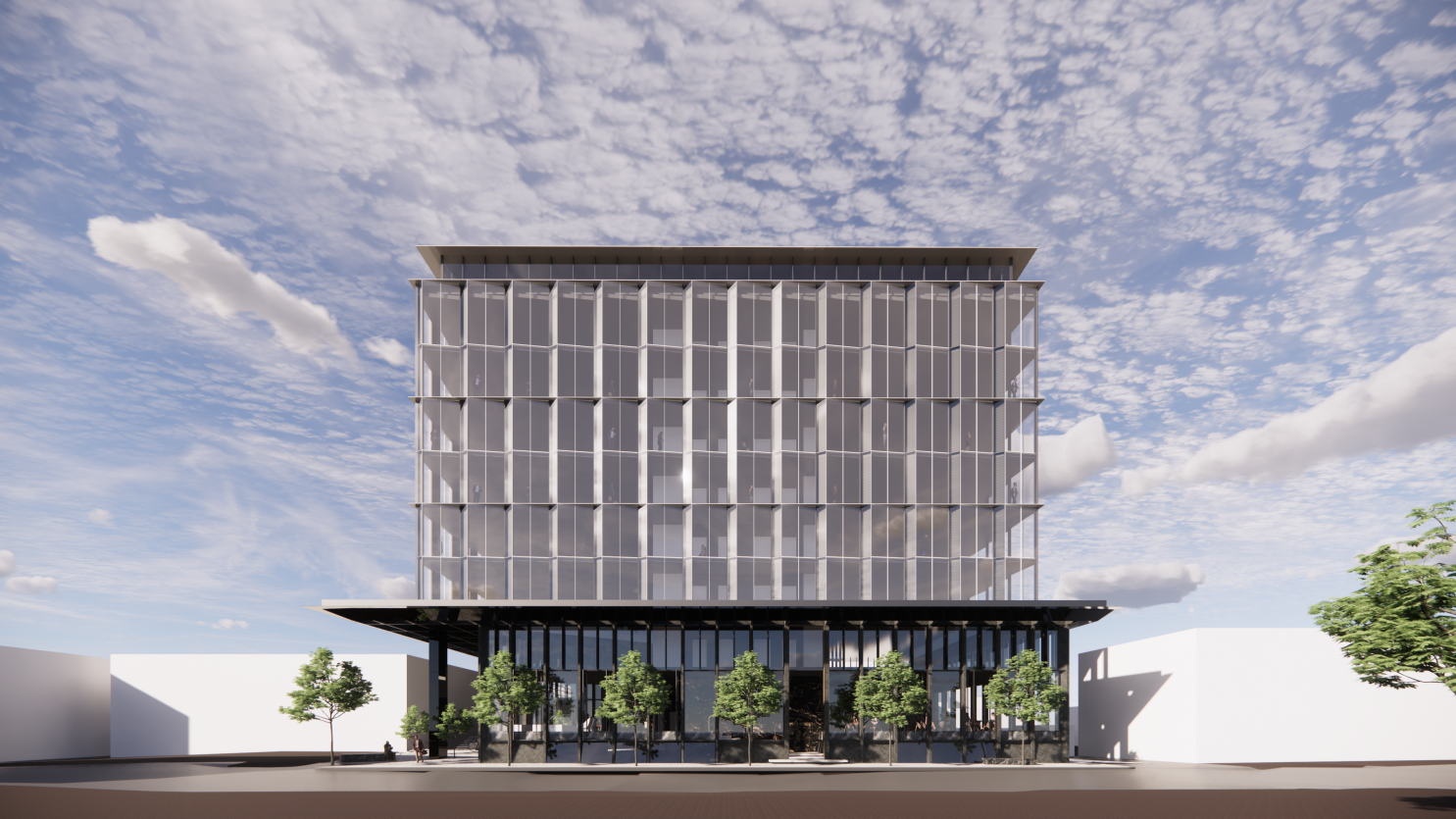
River Street is intended to be confident in its inner-city location, and not sit as a secondary cousin to the traditional CBD offering.”
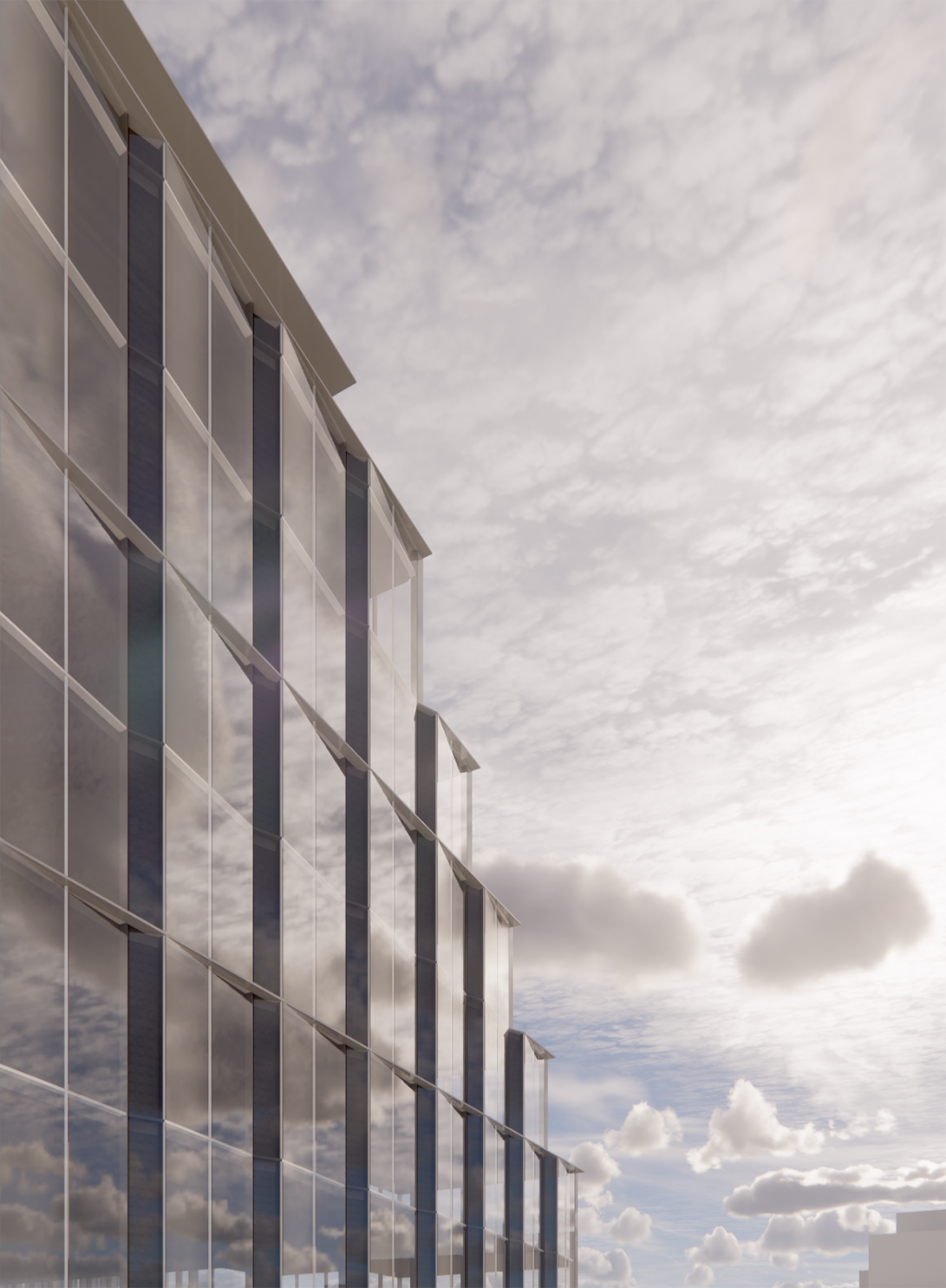
An expanded vision
In the previously more popular areas of such developments of South Yarra and Collingwood, Carr’s River Street and Rokeby Street respectively prove a theory of readiness for this shift. Although select similarities reminiscent of the traditional workplace remain in place, there are more subtleties in the deviations than not.
In reference to River Street, David Brooks, Associate Director, Carr, says, “While inner suburban locations typically have buildings of shorter height, enabling façade operability and outdoor terraces otherwise hindered by wind – the scale of the project ensures these qualities enhance the wellbeing of occupants.” These new workplaces are focussed on creating a value-add, to entice and enhance the physical environment. “The ‘U’ shape plan enables access to natural light to all areas of the floor plan,” David adds, “The building (River Street) is intended to be confident in its inner-city location, and not sit as a secondary cousin to the traditional CBD offering.”
Planting the seed
Ultimately, the spurring of change is born from renewal and reuse. “We shared the City of Melbourne’s long-term vision and strategy to sustainably manage the revitalisation of the industrial area (of Kensington) into an exciting new commercial and residential precinct,” Jesse adds “We saw an opportunity to do so with Bruce Street.”
The changing needs of the workforce is slowly expanding the focus and commitments of potential existing sites. As a result, the typical workplace is decentralising into more closely connected parts of the community and making for more activated city-fringe areas. All of which are welcomed changes, and perhaps even, overdue.
Read about the importance and power of brand when designing meaningful workplaces that encourage workers back to the office.
